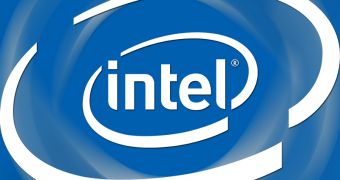Intel has announced a set of products and services that, it hopes, will optimize network data processing and address the special needs of cloud connectivity and content.
At the moment, equipment manufacturers have to gather various, highly specialized silicon co-processors, each with its own programming model, and somehow get them to work together if they hope to create a scalable network capable of handling multiple communications workloads.
Intel is now proposing a different approach, where all the workloads of application, control and packet processing can be handled by a single multi-core Intel architecture processor.
Codenamed “Crystal Forest”, this platform would increase performance while also speeding up time to market.
It is expected to deliver up to 160 million packets per second for Layer 3 packet forwarding.
To offer some perspective, this means that thousands of HD videos could be sent across each network node.
Previously, the only processors capable of sending more than 100 million packets per second were specialized ones like ASIC.
Moving on, in addition to new processors, Intel's Crystal Forest platform includes the Intel Data Plane Development Kit of software libraries and algorithms, plus the QuickAssist technology, which processes and accelerates cryptography, compression and deep packet inspection, among other specialized packet workloads.
Finally, in addition to performance, Intel promises that Crystal Forest will lead to flexible networking installations for everything from SMB firewalls (small to medium businesses) to high-end routers.
“The demand for increased network performance will continue to grow as more smart devices connect to the Internet every day,” said Rose Schooler, general manager of Intel’s communications infrastructure division.
“And with the popularity of social networking and other high-bandwidth services, such as video and photo uploads/downloads, interactive video, crowdcasting and online gaming, service providers will be challenged to efficiently provision sufficient upstream capacity and manage the spike in network traffic.”

 14 DAY TRIAL //
14 DAY TRIAL //